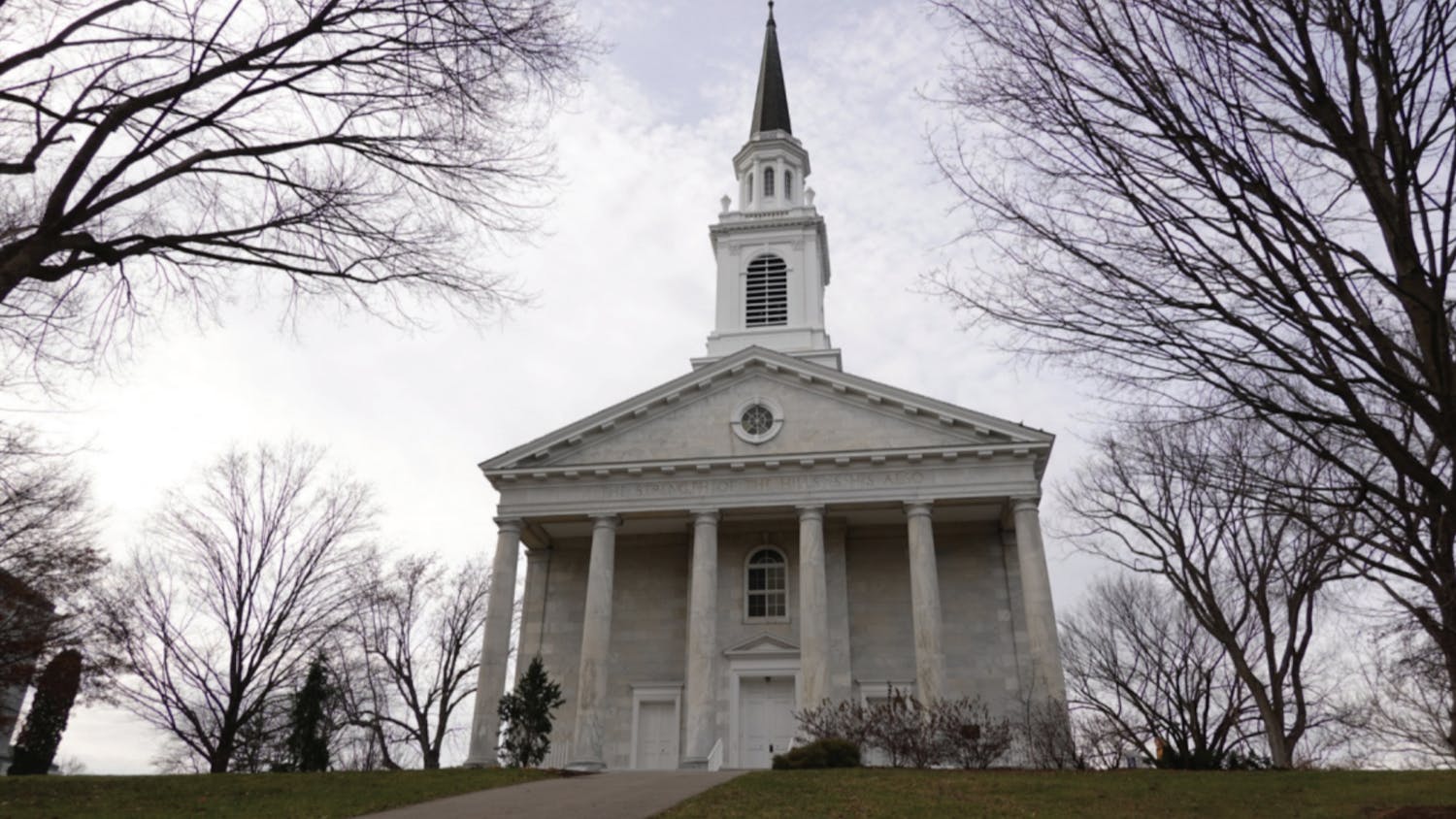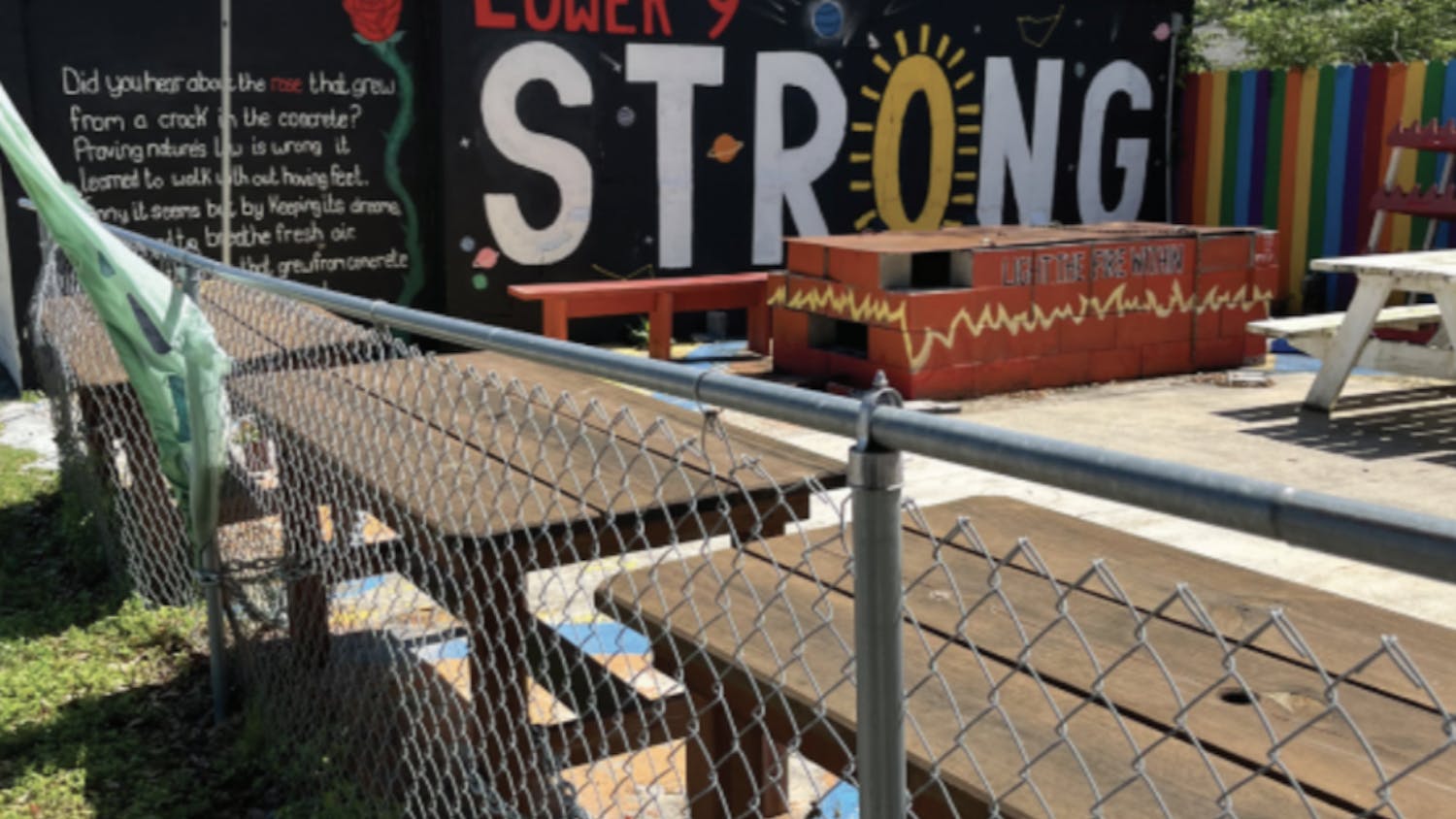Racism is a contemporary problem in South Africa. However, its roots are deep. In Cape Town, monuments to colonialism and apartheid are physical reminders of the city’s racially troubled past. Many of these memorials celebrate oppressors, falsely portraying them as heroes. Such misguided historical markers can promote modern injustice. By idolizing white supremacists, Cape Town’s colonial and apartheid-era monuments perpetuate a legacy of racism that divides Capetonians and undermines racial progress. At the same time, however, the memorials serve as important reminders of Cape Town’s difficult past.
As Capetonians work to reconstruct their public spaces, arguments over colonial and apartheid monuments have erupted. For example, in 2015, students protested the existence of Cecil Rhodes’ statue on the University of Cape Town’s (UCT) campus. These demonstrations, which evolved into the “Rhodes Must Fall” movement, ignited public debate. Student activists claimed that Rhodes’ statue honored a reprehensible man who exploited, dispossessed and oppressed non-white people. These protesters had history on their side, as Rhodes’ legacy is horrible.
Rhodes, a British imperialist, was responsible for the displacement, enslavement and deaths of millions of Africans. Using “mercenaries and gangs to evict people from their land,” he seized 8.8 million acres for his mining empire and exploited the Africans living on these lands. Rhodes treated African lives as expendable and his “mine workers routinely died during mine explosions and floods.” As Prime Minister of the Cape Colony, he laid the foundation for apartheid. Rhodes’ treatment of colored and black Africans was abhorrent, so the controversy surrounding his statue was understandable.
The “Rhodes Must Fall” campaign, which attracted considerable media attention, necessitated a response from UCT. After a month of protest, UCT’s council recognized that Rhodes’ vices outweighed his virtues and decided to remove his memorial. Rhodes fell on April 9, 2015. However, the debate over how South Africans should curate their memorial landscape remains contentious. Symbols of white supremacy and the legacy they uphold continue to linger.
Symbols of white rule are scattered across Cape Town and each has the potential to provoke controversy. Sabelo Mkhabela, a journalist for Livemag, spotted seven memorials to colonizers during one sweep of the city’s central business district. As Mkhabela indicated in his article, “Statues from our colonial past,” all of the monuments honor figures who persecuted non-whites. These memorials are not going to disappear, so Capetonians, as well as all South Africans, must be more proactive in the way they address such distressing historical symbols. As South Africans confront painful memories, they should look to Germany as an example of how a nation should deal with its grisly past.
In the wake of World War II, the German public experienced a sort of amnesia; they were unable or unwilling to acknowledge the war’s atrocities. The Holocaust was so disturbing that the temptation to forget and to repress was powerful. However, in order to maintain this horrific memory, the German government constructed thousands of Holocaust monuments, established museums in almost every major city and opened concentration camps to the public. These efforts remind people that extreme hatred gives rise to persecution and suffering. Similar projects should transform South Africa’s memorial landscape, making it a better reflection of both its regrettable apartheid past and its democratic present and future.
Memorialization societies, museums and other public education institutions should recognize colonial and apartheid-era monuments as teaching opportunities. The lives of South Africa’s colonizers and oppressors are worth recounting. By telling the unpleasant stories of the country’s historical record, educators can make the public more aware of past and present injustice. For instance, putting placards that identify a person’s contribution to white supremacy next to a statue would not only acknowledge that figure’s imperfect character, but also the nation’s legacy of racial oppression. Sibusiso Tshabalala, another writer for Cape Town Partnership, detailed eight other ways the city can contextualize problematic monuments in this article. Contextualization of memorials would educate the public and encourage South Africans to consider the current impact of colonialism and apartheid. It is vital that the country preserve and learn from the past as it seeks to move forward to a bright future.
Memorialization in Cape Town: Confronting Symbols of Colonialism and Apartheid
Comments



